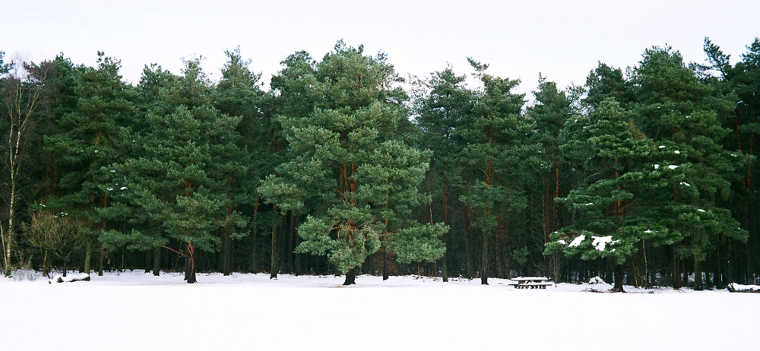I have finished the test films in both my new Pentax cameras and my Adox Golf S - Here is a sample picture from each:
 |
| Pentax ME Super |
 |
| Pentax SP1000 |
 |
| Adox Golf |
I am quite please with all three. The ME Super is comparable in use to my new canon 650D digital camera. It is light and fairly gentle in its action. the SP1000 is older, heavier and larger. When you press the shutter release there is a definite Thunk as the mirror comes up. I was out on the Lincolnshire Wolds near Belchford and I was initially horrified by the strength of the thunk until I used my Praktica MTL 5B (I generally have at least two camera with me) which is so much more violent in its action. Actually, both the SP1000 and the MTL 5B produce good pictures so the Thunk is not a real issue. It could also be relieved by replacing the gooey foam from around the focusing screen which would provide a good deal of dampening to the motion of the mirror. I have mentally booked this in for this afternoon. It is a quick and easy job - cleaning the old foam away, cutting new foam and putting it in place takes around two minutes per camera. On the other hand, I might get diverted - self-discipline is not my strong suit. I have three cameras that need this treatment - Pentax ME Super, Pentax SP1000 and Praktica MTL 5B.
I also have a test film back from Snappy Snaps from my Adox Golf S. This is a cheap folding 120 camera from Germany, made in the mid-1`950s. It is a bottom-of-the-range camera with the absolute minimum of controls but the results are quite good (see the picture above of Skidbrooke church). It was taken on Ilford XP2 Super monochrome C41 film. The advantage of C41 black-and-white is that it is easy to get developed. I develop my own 35mm mono film but I cannot get the hang of loading 120 film into the spirals.
I like 120 format photography in spite of the cost - this test film from my Golf cost me £1.00 each time I pressed the shutter release. I get regular 120 slide film from a Leeds company that costs me £10.00 for developing, printing, scanning to CD and a new film. These films last me about a month. That is, I use the film in one day and keep it for a month before I send it for developing. I have one of their films in my film cupboard at the moment which I intend to use in my Zeiss Ikon Ikoflex (made in 1936 and still as good as the day it was made). The Ikoflex is a TLR (Twin Lens Reflex) camera that has a large (60 x 60 mm) focusing screen on the top. to use this sort of camera, you have it dangling on a strap at waist level and look down to compose and focus. the image is reversed left to right - which makes moving the camera counter intuitive. move the camera to the right and the image moves to the left.
_________________________________________________________________________________
A lot of advice is given that you should buy the most expensive lenses as they are 'best'. I try to get those offering this advice to define 'best' which they are rarely able to do. Reasons range from 'of course they are best' to 'they are tack sharp right to the corners'. To me, 'best' means 'most able to do what I am trying to do'. Best portrait lens is not best landscape lens is not best Street lens is not . . .
If you are going to buy a new lens, you need to think why you are. What is wrong with your current lens? If you cannot answer that, you are not actually in the market for a lens. If your answer is not that your pictures are too soft in the corners, why worry about an expensive lens that offers tack sharpness in the corners?
There is also the fact that the high end lenses cost more to design and develop and sell in relatively small numbers. This means that the manufacturers will keep a given design on the market for as long as possible to give them a suitable return on investment. Mid range lenses cost less to develop and sell in much larger quantities in a competitive market. This means the makers have to (and can afford to) update the design on a regular basis. Mid range lenses are frequently more up-to-date in their design than the top-of-the-range lenses are.
Far more important are commercial results. I sell more photographs taken with a sixty year old Tessar than I do photographs taken with a modern expensive lens. That is the most compelling argument!



